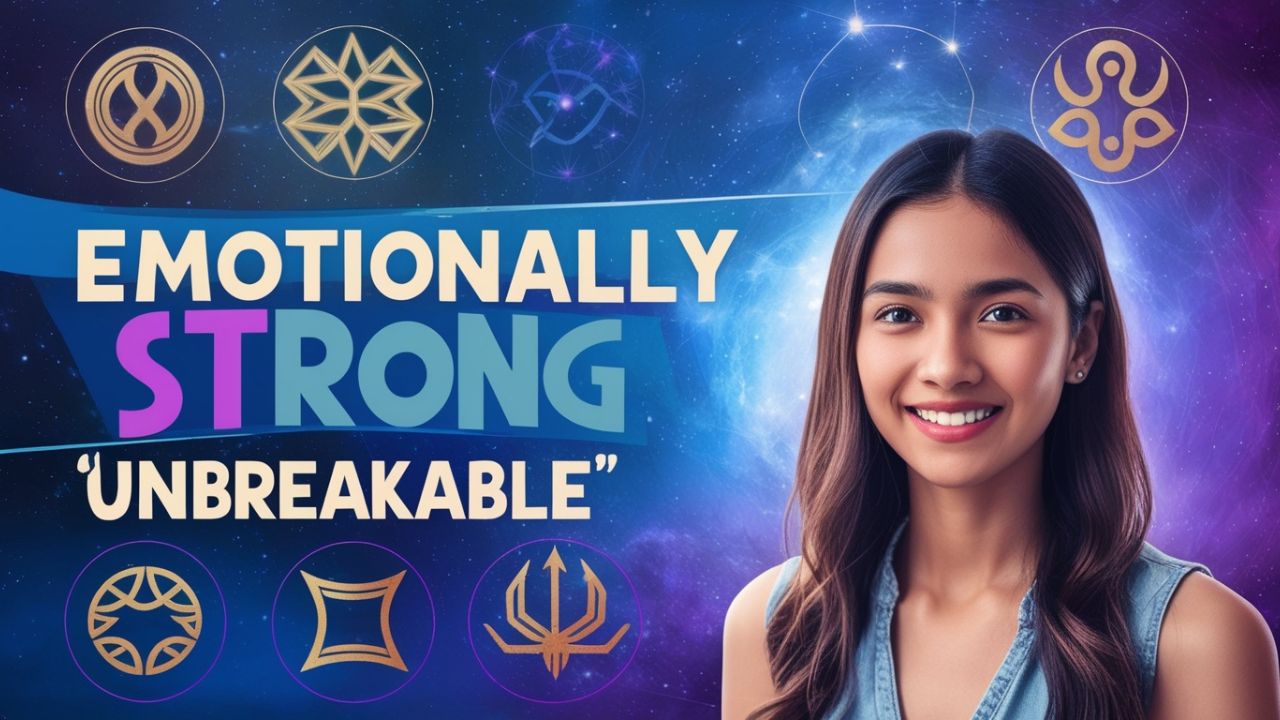In 2024, thousands of Americans with student loans are getting good news. The U.S. government, under the Biden administration, has made changes to help borrowers who have struggled with student debt for years. The goal is to fix past issues and ensure fair debt forgiveness for those who qualify. Let’s dive into the details to find out if you’re eligible, how much relief you might receive, and the new programs making student debt more manageable.
What’s New in 2024?
This year, the Department of Education is automatically forgiving loans for over 800,000 borrowers. This program is a direct result of adjustments to Income-Driven Repayment (IDR) plans, which let people pay off loans based on their income. In the past, many payments were not counted properly, causing borrowers to miss out on forgiveness they deserved. Now, the administration has addressed these errors, giving borrowers the relief they’ve been waiting for.
How Much Could You Get Forgiven?
Borrowers who have made payments for 20-25 years on certain repayment plans could be eligible for full forgiveness. That’s around 240 or 300 monthly payments in total. As of now, the government has promised $39 billion in relief to fix these past errors, bringing debt relief to borrowers who were short-changed due to administrative mistakes.
| Program | Eligibility | Amount of Forgiveness |
|---|---|---|
| IDR Plan Adjustment | 240 or 300 payments | Up to full loan balance |
| SAVE Plan | Low income/partial loan | Cuts payments by half |
| PSLF Adjustments | Public service workers | Full forgiveness after 120 payments |
Who is Eligible?
The new forgiveness applies to federal student loan borrowers who are part of the IDR plan or Public Service Loan Forgiveness (PSLF). Here are the main groups:
- IDR Borrowers: Anyone with Direct Loans or Federal Family Education Loans (FFEL) who made qualifying payments for 20 or 25 years under IDR plans.
- Public Service Workers: If you have worked in public service (like teaching or government jobs) and made 120 qualifying payments, you may also qualify for PSLF forgiveness.
- People on Forbearance/Deferment: Months spent in forbearance (up to 36 months) or deferment, especially before 2013, may also count toward forgiveness.
Borrowers will get an email notification if they qualify, and they can choose to opt out if they wish. But if they don’t opt out, their eligible loan amounts will be discharged automatically.
New SAVE Plan in 2024
The SAVE (Saving on a Valuable Education) plan is also helping borrowers pay less each month. For people earning less than $15 per hour, no monthly payment is required. If you earn more, this plan caps payments so that you save more than $1,000 per year on loan payments compared to other plans. Borrowers on the SAVE plan can ensure their loan balances don’t grow while they’re making payments, which makes it easier to manage debt over time.
How to Check Your Status and What to Expect Next
The Department of Education is contacting eligible borrowers directly, so be sure to check your email and your loan account. Here’s what borrowers can expect:
- Email Notification: If you qualify, you will get an email from your loan servicer.
- Automatic Discharge: For those who do qualify, loans will be discharged without needing any extra paperwork.
- Option to Opt-Out: Borrowers can choose to keep their loans if they prefer.
FAQs
- Who qualifies for automatic student loan forgiveness in 2024?
Borrowers with federal loans who have made enough qualifying payments under IDR or PSLF plans. This includes those on deferment or forbearance during certain periods. - How much of my loan will be forgiven?
Eligible borrowers may have their entire loan balance forgiven, depending on how many years they’ve been paying under IDR. This could mean total forgiveness after 20-25 years of payments. - What’s the SAVE plan, and how does it help?
The SAVE plan reduces monthly payments, especially for low-income earners, and prevents loan balances from growing as long as borrowers stay current on payments.
I Work as a Content Writer and I like Writing Articles




